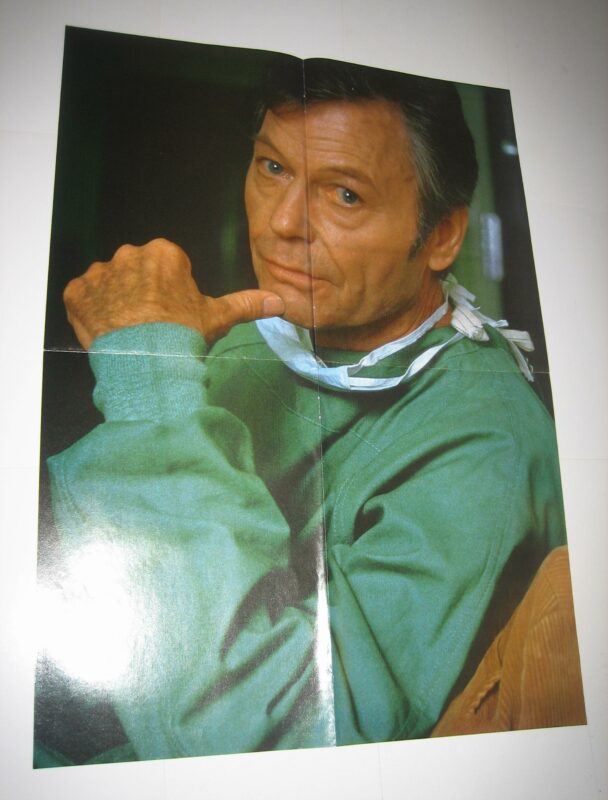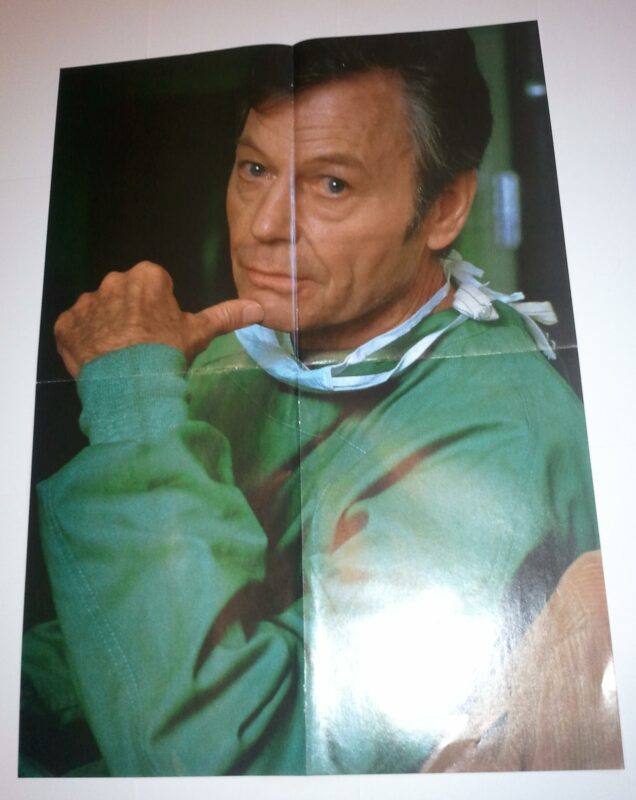Description
Star Trek IV: The Voyage Home is a 1986 American science fiction film released by Paramount Pictures. It is the fourth feature film in the film series and completes the story arc begun in The Wrath of Khan and continued in The Search for Spock. Intent on returning home to Earth to face trial for their crimes, the former crew of the USS Enterprise finds the planet in grave danger from an alien probe attempting to contact now-extinct humpback whales. The crew travel to Earth’s past to find whales who can answer the probe’s call.
After directing The Search for Spock, cast member Leonard Nimoy was asked to direct the next feature, and given greater freedom regarding the film’s content. Nimoy and producer Harve Bennett conceived a story with an environmental message and no clear-cut villain. Dissatisfied with the first screenplay produced by Steve Meerson and Peter Krikes, Paramount hired The Wrath of Khan writer and director Nicholas Meyer. Meyer and Bennett divided the story between them and wrote different parts of the script, requiring approval from Nimoy, lead actor William Shatner, and Paramount.
Principal photography commenced on February 24, 1986. Unlike previous Star Trek films, The Voyage Home was shot extensively on location; many real settings and buildings were used as stand-ins for scenes set around and in the city of San Francisco. Special effects firm Industrial Light & Magic (ILM) assisted in postproduction and the film’s special effects. Few of the humpback whales in the film were real: ILM devised full-size animatronics and small motorized models to stand in for the real creatures.
The Voyage Home premiered on November 26, 1986, in North America, becoming the top-grossing film in the weekend box office. The film’s humor and unconventional story were well received by critics, fans of the series and the general audience. It was financially successful, earning $133 million worldwide.
The film earned several awards and four Academy Award nominations for its cinematography and audio. It was dedicated to the crew of the Space Shuttle Challenger, which broke up 72 seconds after takeoff on the morning of January 28, 1986. Principal photography for The Voyage Home began four weeks after Challenger and her crew were lost. A sequel titled Star Trek V: The Final Frontier was released on June 9, 1989.
Despite Shatner’s doubts, Nimoy and Bennett selected a time travel story in which the Enterprise crew encounters a problem that could only be fixed by something only available in the present day (the Star Trek characters’ past). They considered ideas about violin makers and oil drillers, or a disease that had its cure destroyed with the rainforests. “But the depiction of thousands of sick and dying people seemed rather gruesome for our light-hearted film, and the thought of our crew taking a 600-year round trip just to bring back a snail darter wasn’t all that thrilling,” explained Nimoy. The director read a book on extinct animals and conceived the storyline that was eventually adopted. Nimoy hit upon the idea of humpback whales after talking with a friend—their song added mystery to the story, and their size added logistical challenges the heroes would have to overcome.
When Kirk and Spock are traveling on a public bus, they encounter a punk rocker blaring his music on a boom box, to the discomfort of everyone around him. Spock takes matters into his own hands and performs a Vulcan nerve pinch. Part of the inspiration for the scene came from Nimoy’s personal experiences with a similar character on the streets of New York; “I was struck by the arrogance of it, the aggressiveness of it, and I thought if I was Spock I’d pinch his brains out!” On learning about the scene, Kirk Thatcher, an associate producer on the film, convinced Nimoy to let him play the role; Thatcher shaved his hair into a mohawk and bought clothes to complete the part. Credited as “punk on bus”, Thatcher (along with sound designer Mark Mangini) also wrote and recorded “I Hate You”, the song in the scene, and it was his idea to have the punk—rendered unconscious by the pinch—hit the stereo and turn it off with his face.
Jackson DeForest Kelley (January 20, 1920 – June 11, 1999) was an American actor, screenwriter, poet and singer known for his iconic roles in Westerns and as Dr. Leonard “Bones” McCoy of the USS Enterprise in the television and film series Star Trek.After refusing Roddenberry’s 1964 offer to play Spock, Kelley played Dr. Leonard “Bones” McCoy from 1966 to 1969 in Star Trek. He reprised the character in a voice-over role in Star Trek: The Animated Series (1973–74), and the first six Star Trek motion pictures (1979 to 1991). In one of the Star Trek comic books it was stated that Dr. McCoy’s father had been a Baptist preacher, an idea that apparently came from Kelley’s background. In 1987, he also had a cameo in “Encounter at Farpoint”, the first episode of Star Trek: The Next Generation, as by-that-time Admiral Leonard McCoy, Starfleet Surgeon General Emeritus. Several aspects of Kelley’s background became part of McCoy’s characterization, including his pronunciation of “nuclear” as “nucular”.
Kelley became good friends with Star Trek cast mates William Shatner and Leonard Nimoy from their first meeting in 1964. During Trek’s first season, Kelley’s name was listed in the end credits along with the rest of the cast. Only Shatner and Nimoy were listed in the opening credits. As Kelley’s role grew in importance during the first season he received a pay raise to about $2,500 per episode, and received third billing starting in the second season after Nimoy. Despite the show’s recognition of Kelley as one of its stars he was frustrated by the greater attention that Shatner received as its lead actor, and Nimoy received because of “Spockamania” among fans.
Shy by his own admission, Kelley was the only cast member of the original Star Trek series program never to have written or published an autobiography; however, the authorized biography From Sawdust to Stardust (2005) was written posthumously by Terry Lee Rioux of Lamar University in Beaumont, Texas. Kelley regarded The Empath to be his favourite Star Trek television episode.
Kelley died of stomach cancer on June 11, 1999. His body was cremated and the ashes were scattered in the Pacific Ocean.
Near mint condition.
Related products
-
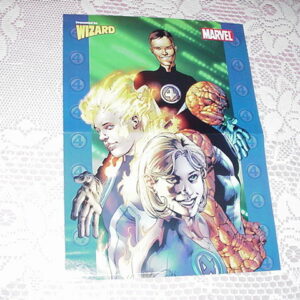
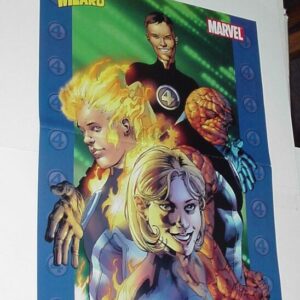
Ultimate Fantastic Four Poster # 1 Bryan Hitch Reed Johnny Sue Ben
$39.99 Add to cart -


Liberty Meadows Poster # 1 The Cow vs Brandy by Frank Cho University2
$29.99 Add to cart -

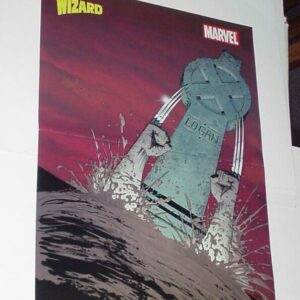
Wolverine Poster #13 Lives! by John Cassaday X-Men
$34.99 Add to cart -


Magdelena Poster Joe Michael Linsner Dawn
$34.99 Add to cart
